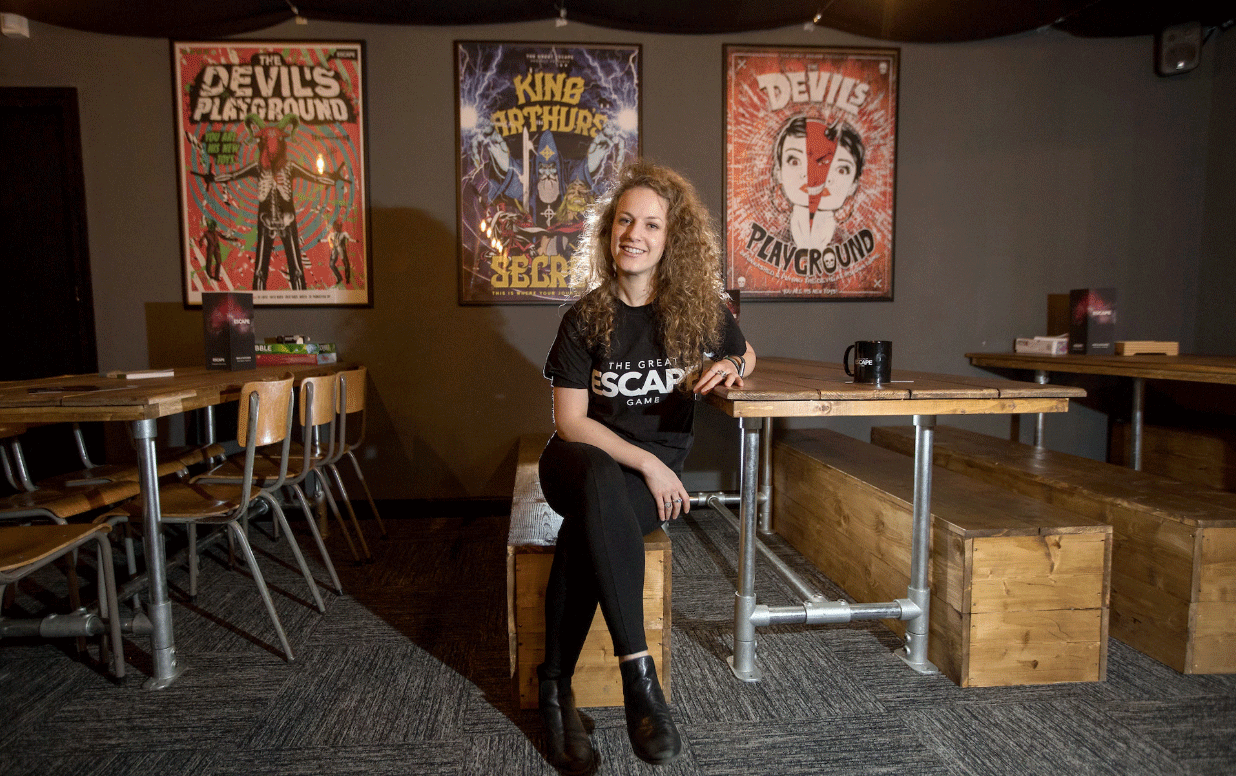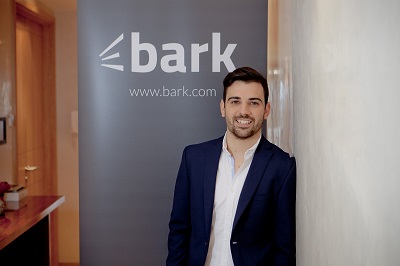Planning
Article
Help de-risk business growth by taking these simple steps

Risk is at the centre of the entrepreneur’s dilemma. The ever-present ambition to grow needs to be tempered with practical steps to balance risk and growth effectively. We spoke to entrepreneurs about de-risking growth and the challenges they faced.
If you are taking on investment, expanding overseas or trying to balance cash flow with investment, de-risking growth is important. Understanding and communicating your appetite for risk, developing the right processes and structure, and making great hires are key to this process.
What kind of an entrepreneur are you?
De-risking growth requires clear communication. Management teams need to have frank discussions about the speed of growth and resultant risk.
Being self-aware is a primary skill in this process and in business leaders generally. You need to understand the level of risk you are able to sustain, as well as working out what makes sense for shareholders.
It can shape the kind of business founders build and even the industry they operate in, although growth requires constant reassessment.
Formula Botanica founder Lorraine Dallmeier chose to grow the online cosmetic science learning business organically. It’s achieved year-on-year growth of between 75% and 220% since 2014, reaching a turnover of £1.2m last year – although Dallmeier recognises “it’s been a long, hard slog”.
“I took on the business when it was in its infancy with 200 to 300 students ever. I was a student and a biologist by training. Now we have 1,000 to 1,500 people a year take courses in 133 countries and I have 15-20 full-time staff members.
“It was meant to be something I could do alongside my return to work. We never anticipated it would take off like it did. I bought it as an hour-a-day hobby business,” said Dallmeier, amused by her original expectation.
Eschewing investments helps in de-risking growth. Dallmeier doesn’t have to answer to your shareholders or banks. But that doesn’t mean that there’s no personal risk.
“The personal risk was having two young children. I was doing this with them at home all the time. My partner was working at home as well – he’s now quit his job,” she added.
Consider your investments carefully

Bark.com aims to make buying services like a cleaner as easy as shopping on Amazon. The business has experienced a phenomenal growth trajectory, Launched in 2015 its annualised run rate is £15m, with turnover growing at around 350% year on year.
It’s unique for a fast-growing tech with this level of growth because it didn’t take on venture capital. Instead, the founding team relied upon previous exits to fund the business. They believe this approach to building the business creates a better appreciation of risk.
“We have a deeper belief in building a proper and profitable business,” said Bark.com co-founder Kai Feller, when comparing the business to a venture capital-backed tech company. “It’s cash generative and profitable. We haven’t built and grown the business in the mindset of ‘let’s burn money to get users’. It’s grown with a business mindset, we’re very revenue driven.”
Feller added that he talks with co-founder Andrew Michael about every type of investment the business makes, whether it’s a new marketing strategy or hiring developers: “We talk about the risk. What value are we going to add?”
Consolidating processes and structure after growth
Rapid growth often leads to a kind of organisational debt. Products are developed without proper processes. This can impact service levels and brand uniformity. Taking time to consolidate processes after a growth spurt can reduce this risk.
Hannah Duraid, director of The Great Escape Game, has built the business to 48 employees and three locations since its launch in 2015.
“We were head first with expansion,” said Duraid. “What we’re focusing on now is consolidating gaps in the business and de-risking. Have we got the people in the right places? What policies and KPIs do we need?”
Developing the processes for one site laid the ground for expansion. This process of perfecting and then replicating a location is a crucial one, whether it’s an escape game, restaurant or retail outlet.
The often cited E-myth, why most businesses don’t work and what to do about it labours the point about the formalisation of these processes.
“Organise around business functions, not people. Build systems within each business function. Let systems run the business and people run the systems. People come and go but the systems remain constant,” said author Michael Gerber.
Service businesses can test products within a smaller demographic or on a regional basis. Carrying out these tests can help in de-risking growth.
When Bark.com looked to expand to the US, it trialled its most popular categories first and targeted specific regions before doing a complete roll out. It also did this with its existing UK team, rather than opening a new office in the country.
The risks associated with hiring
Steps can be taken to de-risk the hiring process. This is an area that’s essential to growth but can be daunting.

Formula Botanica relied on contractors for a large part of its growth journey. This provided access to talent – many staff are based outside of the UK including in Slovakia, India, Brazil – and helped in de-risking growth.
“The biggest risk we face is finding people that have the right personality to work from home. We have staff in nine countries. That’s the biggest risk. It’s an ongoing slog. Even this morning I was dealing with a problem with a contractor.
“We have put stricter requirements in place for contractors. Unfortunately, we’ve found many don’t seem to really respect the contractor-client relationship.”
Dallmeier’s hiring permanent employees to help reduce this risk, including an operational manager to increase the time she can spend developing the business.
Duraid took a similar approach, recognising the risk created by spending too much time on day-to-day matters. The company has brought in more management level personnel – what they call ‘oracles’ – to allow her to focus on building the business.
“Putting in a manager allowed me to work strategically. That’s reducing risk because my head wasn’t in the sand as much as when you’re in ops. They take up the small things like people calling in sick or rotas,” she said.
Is de-risking growth ever really possible?
In a very literal sense, entrepreneurship means “a person who sets up a business or businesses, taking on financial risks in the hope of profit”. There’s no getting around the fact that risk will be involved.
Steps can be taken to mitigate risk, to properly research opportunities and build effective processes, but it’s impossible to completely eliminate risk. More than that, it’s crucial to what it means to be an entrepreneur and build a business.
“If you don’t try you will regret it,” The Great Escape Game’s Duraid said when talking about her decision to take out a loan to expand faster. “Everyone is really averse to risk but if you don’t take risks you don’t get anywhere. It doesn’t worry me because we made sure we did the research.”
Sign-up to Be the Business to learn from other entrepreneurs. We share content aimed at business owners and provide a free, bespoke benchmarking tool.